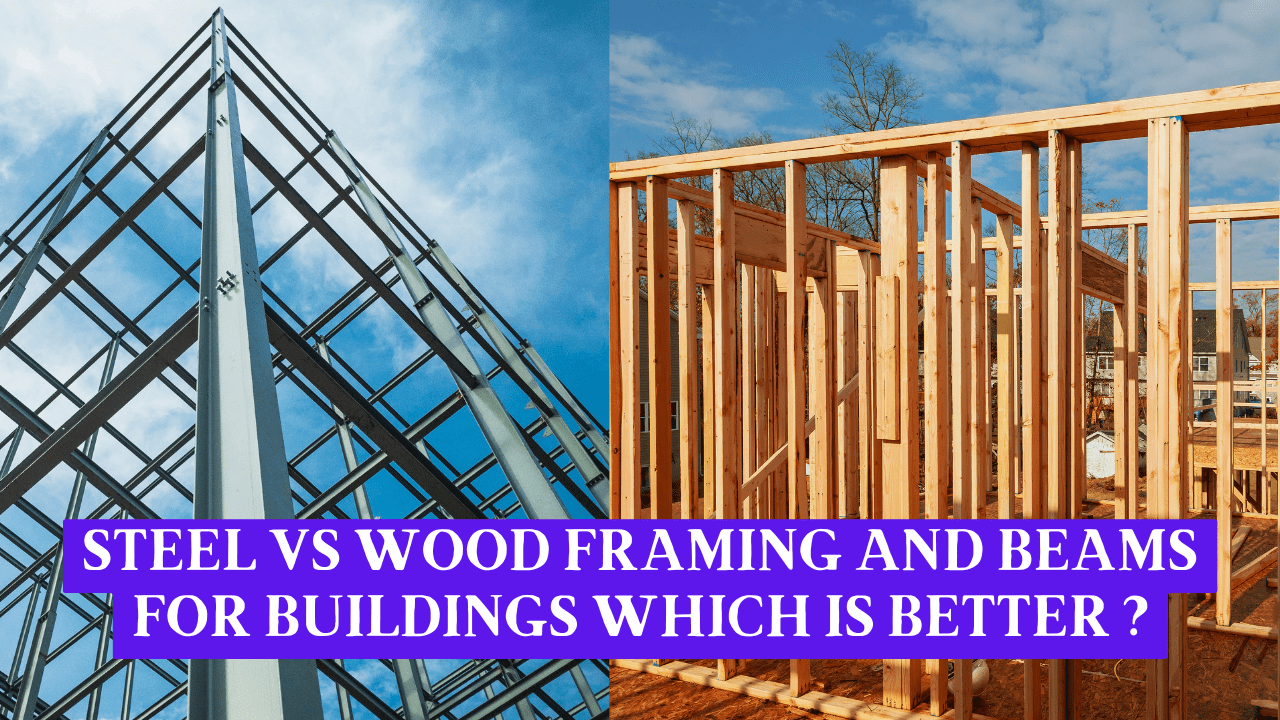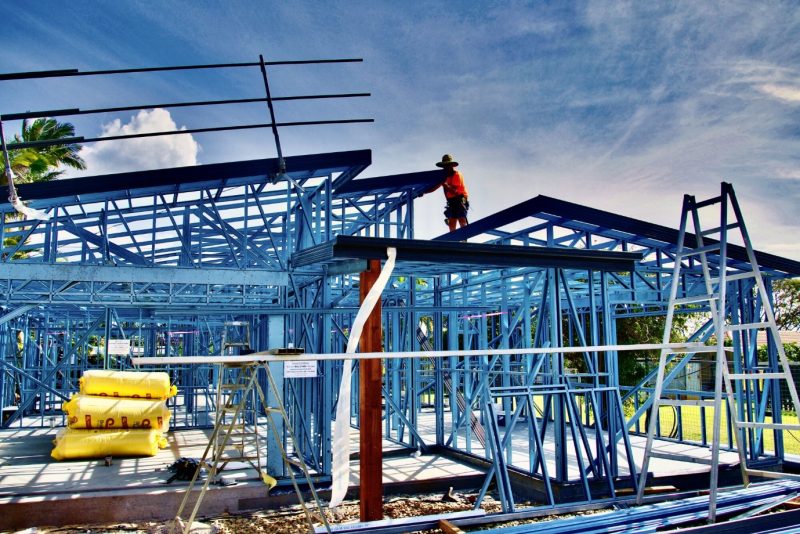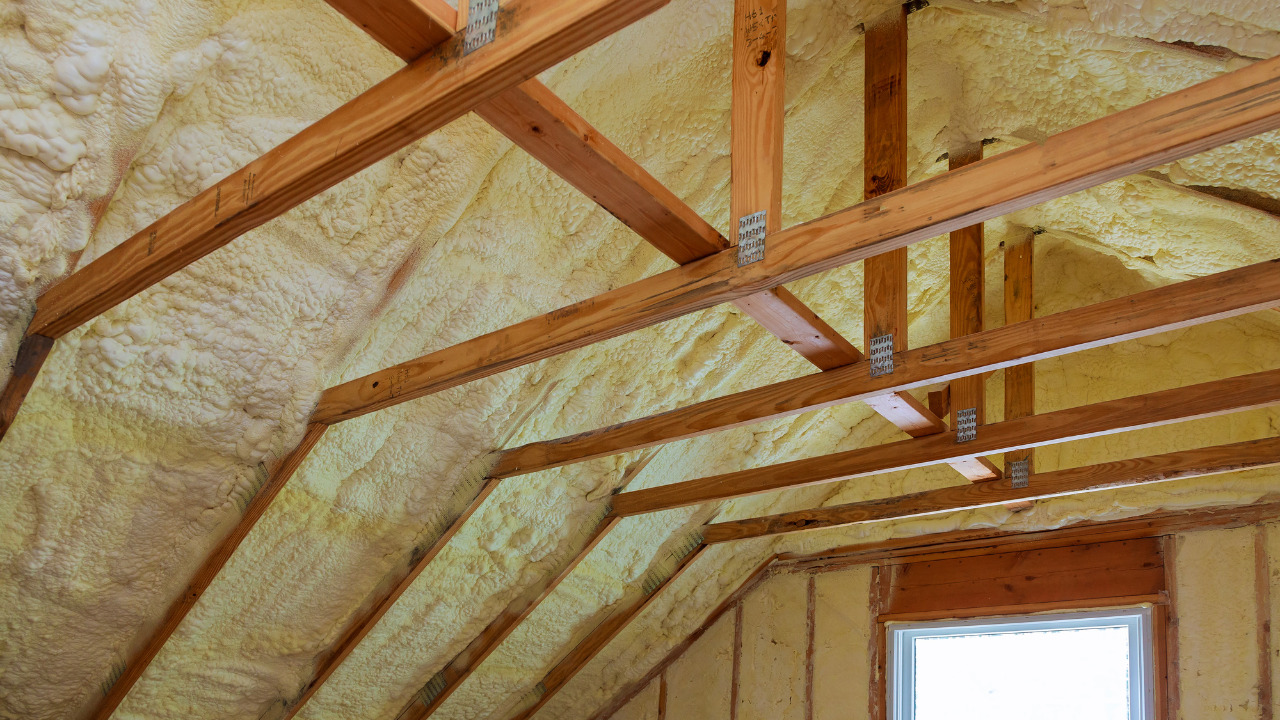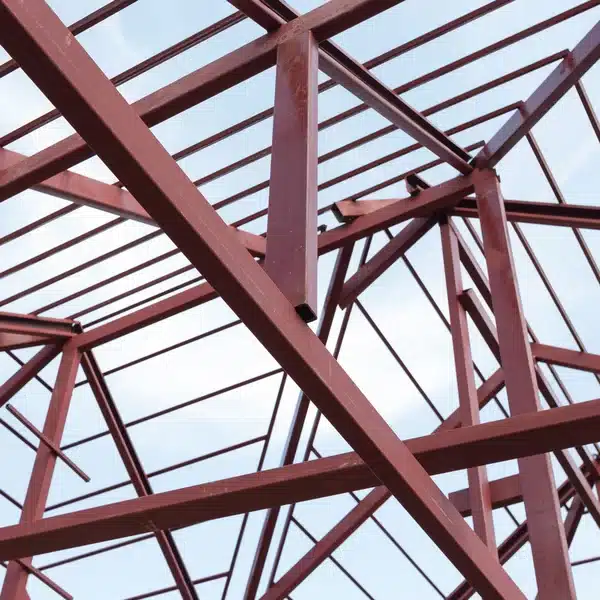According to the World Steel Association, over 50% of steel makes its way into the construction industry. It’s widely used for structural aspects of buildings.
These include frames, reinforcing bars, roofs, heating and cooling systems, and internal fixtures.
Wood is another commonly-used material in construction, and it’s often cheaper than steel. So, why should you opt for metal instead of this aesthetic alternative?
Find out why steel is the better option in this comparison between the benefits of steel vs wood framing.
Table of Contents
Steel vs Wood Building Cost Factors
Cost is a complex factor in any construction project, with both short and long-term factors to consider.
From a short-term perspective, wood framing beats steel hands down. It’s cheaper to buy, resulting in low construction costs.
On average, steel framing costs almost twice as much as wood at this stage of the construction process. You can expect to pay between $1 and $8 per sq. ft. of wooden building materials.
Steel costs anything from$2 and $11 per sq. ft. Yet, it pays for itself several times over when it comes to long-term expenses.
Steel frames pre-fabricated offsite are quick and easy to erect in place.
So, despite the material costs, steel can work out cheaper overall when it comes to building costs.
Steel Frame vs Wood Frame Strength
Wood frames can succumb to mold, termite damage, warping, stud damage, fire, and extreme weather events. Steel is a much stronger material and impervious to all the above aspects.
Steel frames are much less likely to degrade than wood frames, ensuring the structural integrity of your building.
Due to this, you’ll pay lower insurance premiums if you live in a steel frame house, depending on your location.
Treated steel doesn’t rust, and you’ll pay a lot less over the years to maintain a steel structure than a wooden one.
You must treat wood regularly to prevent pest invasions and decay. Pest can’t bite or burrow into steel, so you never need to treat it against these pests.
Wood is highly flammable and provides combustible material that contributes to fires raging out of control. It gives way easily in extreme winds.
A steel frame will survive fire and extreme weather events, which makes it a lot easier to rebuild a home after these unfortunate occurrences.
Since steel is so strong, you’ll need less of it to support your building. That means steel frames are often lighter than wooden woods, so you won’t need to spend as much time and money on building a wide, deep foundation.
An I-design steel post minimizes the use of materials, while wood must remain in a solid state to provide adequate strength for framing a house.
Due to this, it’s easier and cheaper to transport steel.
Aesthetic Aspects of Steel Versus Wood
There’s no denying that wood is a more attractive material than steel when it comes to conventional home design. Yet, steel is a top choice of home and business owners who want a modern-style home.
Thanks to technological and manufacturing advancements, steel is highly customizable nowadays, allowing architects the freedom to experiment with exciting unique designs.
It’s better suited to large open-plan designs than wood is, adding an extra air of sophistication to buildings.
Steel manufacturers can mold steel into any shape, and personalize it to your exact specifications. Thanks to this, steel suppliers can deliver building components that suit the specifications of any building.
The potential for steel designs is limitless, from indoor stadiums to airplane hangars, to plush hotels like the Burj Khalifa. When combined with bricks, steel framing helps create attractive country-style designs.
Steel vs Wood Framing and the Environment
We all need to do as much as we can to protect the Earth’s fragile environment. Neither steel nor wood is particularly environmentally friendly.
They both use energy in the production phase, but it’s easier and more lucrative to recycle steel. This gives it the edge over wood when it comes to recycling.
Trees are vital for cleaning the air and preventing erosion in nature. When you opt for a steel frame, you’re protecting these important plants from exploitation and helping reduce deforestation.
In its natural state, wood has imperfections that render portions of it unusable. This results in a lot of wastage.
Since manufacturing steel is a precise process, there’s little wastage involved in steel construction. If there is any wastage, these pieces go back to the recycling yard.
Are There Any Drawbacks to Steel Framing?
Steel does offer a few downsides. It’s a poor insulator and may rust when exposed to salty, humid air unless you treat it against corrosion repeatedly.
You can easily improve your home’s heat retention by adding a layer of insulation to your steel building.
Expense is the major factor when it comes to comparing the short-term costs of steel vs wood framing. Yet, if you’re prepared to look at the big picture, steel outstrips wood in every aspect and also adds value to your home.
Make the Best Choices for Your Needs
Unless you live in a coastal area, steel is a great option for your home, saving you money on insurance, maintenance, and repairs. It keeps your family or your employees safe, and you won’t need to replace your steel frame any time soon.
There’s no doubt which material wins in the steel vs wood framing debate. So, if you’ve got the budget for it, it’s best to go with steel.
Are you interested in everything to do with the construction industry? Browse some more of our articles to stay updated on the latest news and information.






